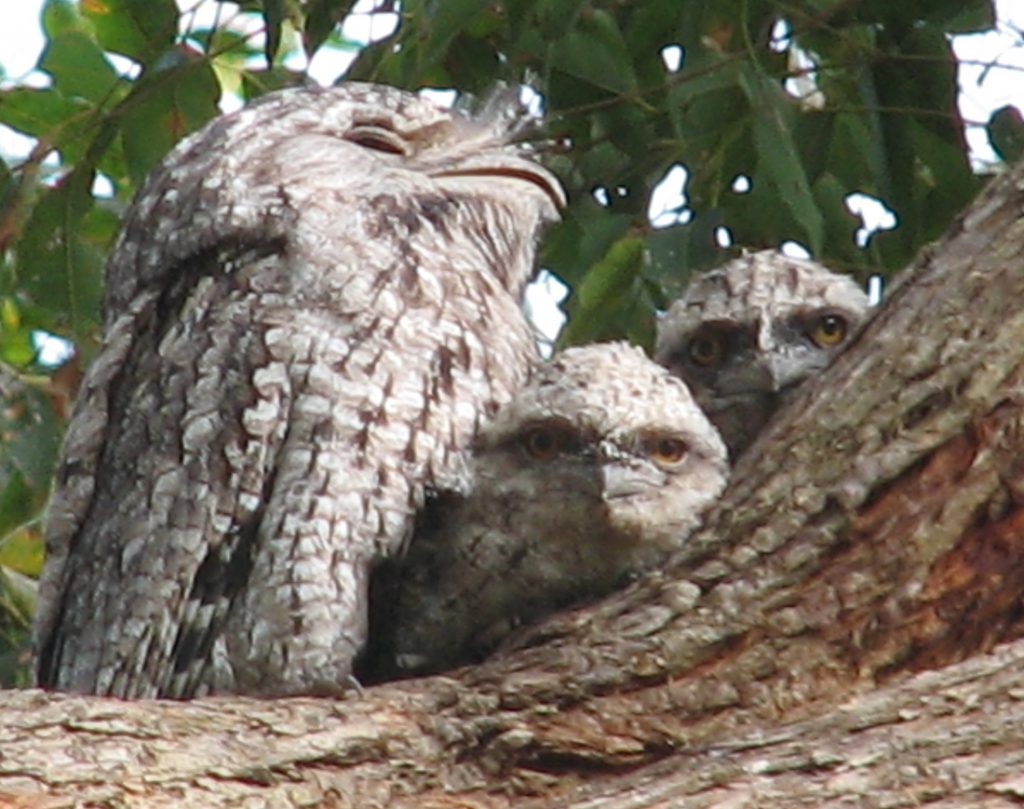
Why Join a Wildlife Group
The best thing about joining a wildlife care group, is that they usually provide wildlife training to all their members.
When we lived in Penrith many years ago, Pete and I joined the local Wildlife Information and Rescue Service (WIRES) in NSW. We attended quite a few training sessions, which provided us with the skills to care for sick, injured and orphaned birds. Pete built aviaries in our backyard and we cared for a variety of bird species.
Orphaned tawny frogmouth chicks were commonly found in our area, and the whole family became involved in caring for them. Our young sons spent a lot of their time collecting insects, bugs and worms for the fluffy brown and grey chicks that were fed at night. We supplemented their diet with an Insectivore powder and minced meat, moistened with water and rolled into small balls. Eventually the fledglings learnt to fly down to the ground to catch they own prey, and were then released back to the wild.
When you become a member of a wildlife care group, you meet lots of wildlife-friendly people who can help you when you first start out as a new carer. The Caring for Australian Wildlife book is a great resource for new wildlife carers. The bird chapter includes eight different feeding tables for captive birds and orphaned young, as well as feeding tips, rearing tips and types of housing for birds, making it so easy to care for them.
There are many wildlife care organisations throughout Australia. Find one nearest to you and give them a call.
